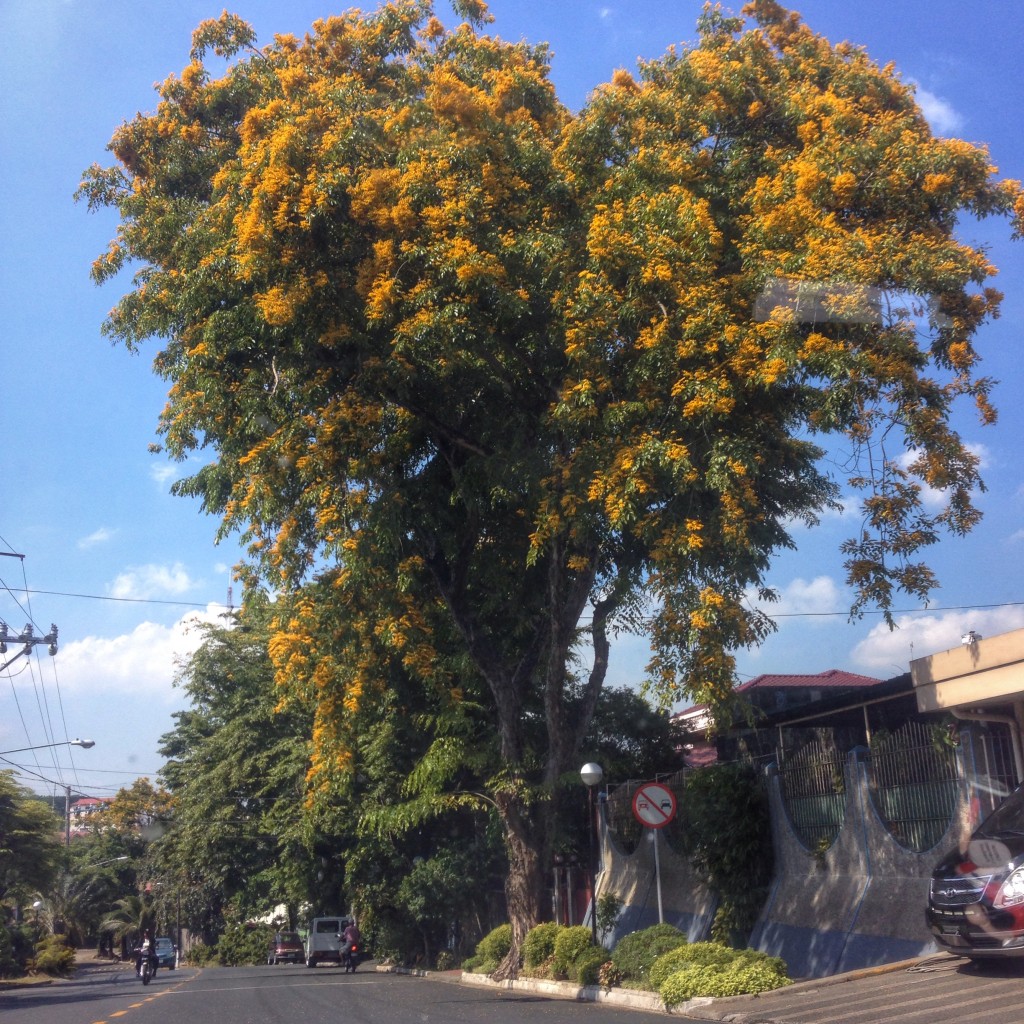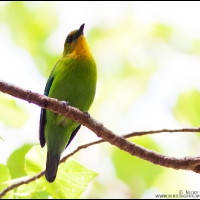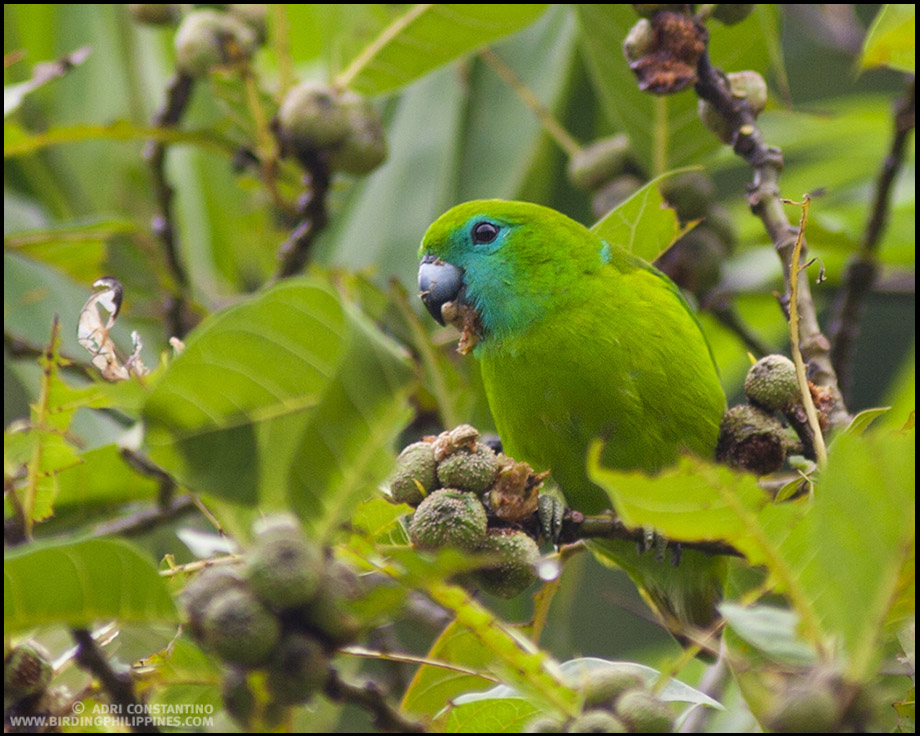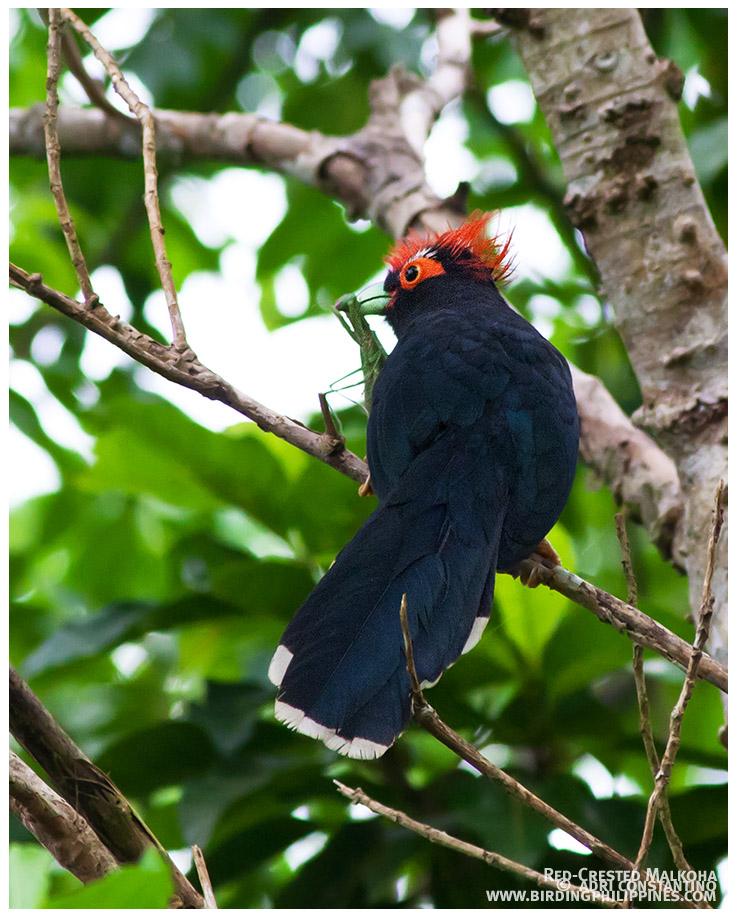Sulu Hornbill
This is the critically-endangered Sulu Hornbill, Anthracoceros montani This hornbill species is endemic to the islands of Tawi-Tawi, Sulu and Sanga Sanga. According to Birdlife International and the IUCN, this species "faces the possibility of imminent extinction" mainly due to the destruction of its forest home. The population estimate is around 40 individuals and most of the birds can now be seen only in the island of Panglima Sugala, in Tawi-Tawi. The Sulu and Sanga Sanga populations are believed to be extirpated.
Many thanks to the Municipality of Panglima Sugala, Tawi-Tawi and the MBLT-9.
Sulu Hornbill, Anthracoceros montani
June 2017, Panglima Sugala, Tawi-Tawi, Philippines
Video by Nicky Icarangal, Jr.
Digiscoped with a Swarovski ATX 30-70x 95 spotting scope, Panasonic GH4 with Swarovski APO-TLS adapter with RODE VideoMic Pro.
For more videos and pictures of Philippine birds, kindly visit www.birdingphilippines.com
#birdingphilippines #wildwednesdays #suluhornbill #tawitawi #itsmorefuninthephilippines





